First ride: SRAM X0 family
XX performance in a harder-hitting and less expensive package
















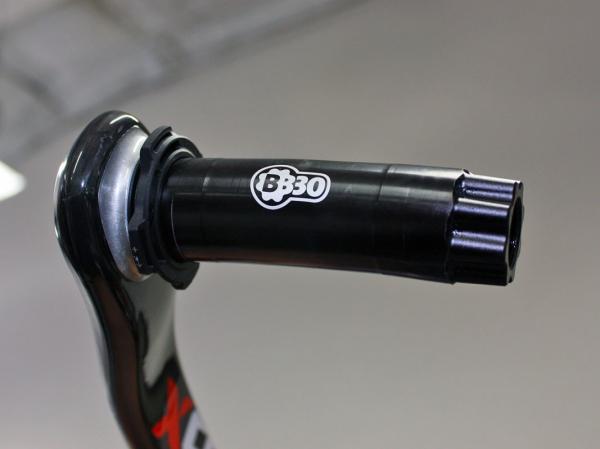



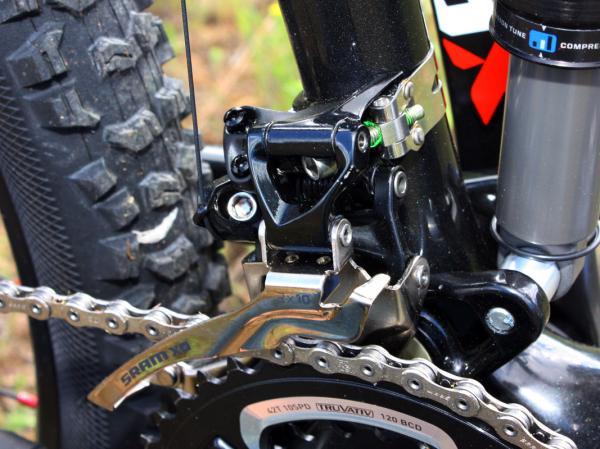
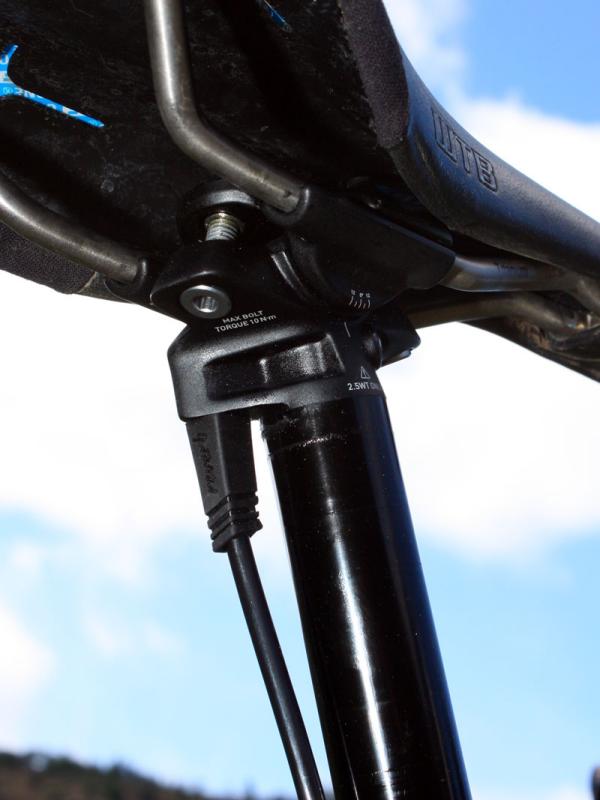

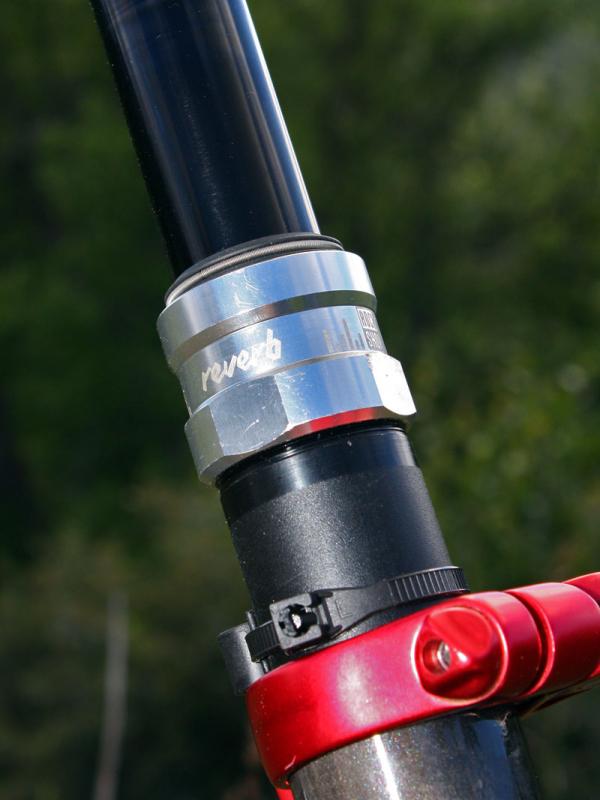


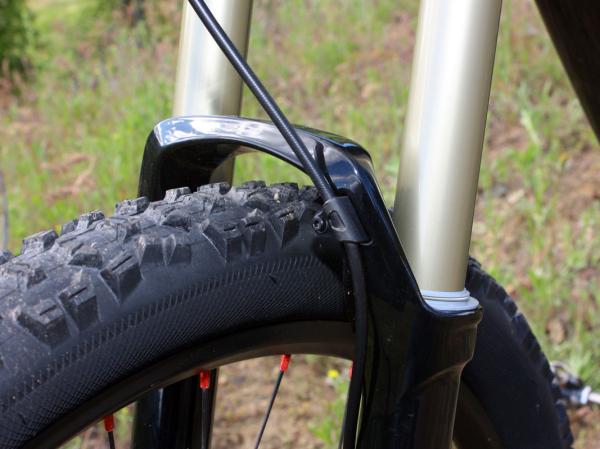













A few hours of riding often isn't enough to get a solid first impression of a bike part, let alone an entire component group. But in the case of SRAM's new X0 10-speed 'family', those few hours comprised 700m (2,300') of climbing and a whopping 6,100m (20,000') of descending on the awesomely fast, technical and demanding trails centering around the Super D course in Ashland, Oregon – and even racing the event for ourselves.
More time will yield more information on X0's long-term durability but after our unusually condensed test session, we're comfortable declaring X0 as a harder hitting version of SRAM's flagship XX group, offering nearly identical levels of performance but in with more tactile feedback, just a bit more weight, and much lower replacement part costs when the inevitable happens.
Shifting – ten speeds but the same familiar X0 feel
Aside from the extra rear cog, current X0 trigger users should find the new ten-speed pods to feel just like home in spite of changes to the cable pull ratios and heavily revised rear derailleur geometry.
As compared to the lighter-feeling XX, X0's trigger shifters boast higher lever efforts and stronger and more tactile clicks consistent with the current generation. Especially in technically demanding areas with lots of drops and jumps or high-speed situations with lots of vibration – say, for example, braking bumps at the Ashland Super D where our top speed was nearly 65km/h (40mph) – the higher efforts provide more reassuring feedback but without feeling too heavy.
Chain management in rough terrain is also better than on XX, too, with what feels like a stiffer cage return spring.
Rear shift quality itself is little changed from 9-speed X0 with precise and reliable chain movement from cog to cog. The tighter 10-speed spacing does require a slightly finer adjustment, though, so cable tension adjustments are a tad more finicky than before.
The latest race content, interviews, features, reviews and expert buying guides, direct to your inbox!
Front shift performance on our 2x10 configuration is a massive improvement over previous SRAM drivetrains and now wholly in-line with XX with the same X-Glide tooth alignment technology and heavily shaped and ramped surfaces. Chain movement from ring to ring – even under power – is uncannily smooth and direct and even noticeably better than SRAM's road groups.
Aiding matters on our particular test bike was the two-ring setup and dedicated front derailleur – which we should mention is far more svelte and lighter than previous non-XX off-road versions. Both the derailleur cage and thick, machined chainrings are notably stiff, making for fast and forceful shifts – though admittedly, we didn't have to shift up front as often as usual on account of the versatile 36T cog on the rear cassette.
Braking – plenty of power and modulation plus top-notch ergonomics from a familiar package
The Avid X0 hydraulic disc brakes are close cousins to last year's Elixir CR Mag units but with all aluminum forgings instead of the predecessor's magnesium pieces. Still, Avid product manager Paul Kantor says the system weight remains unchanged at 333g (front, post mount, 160mm rotor) as is performance with excellent power and control to go along with the superbly adjustable ergonomics and lever geometry.
Minor tweaks include a detented pad adjustment to prevent setting migration and a new easier-to-replace main pivot that doesn't require any major lever disassembly to replace one that's worn out. Kantor says that part tolerances have been tightened up, too, which should yield better long-term reliability and more consistent factory bleeds.
Drivetrain – new crankset configurations and cassettes
The new Truvativ X0 crank features carbon fiber arms with separate bolt-on alloy spiders instead of a one-piece construction as with XX. According to SRAM's Chris Hilton, the two-piece configuration makes for a lighter, stronger and less expensive end product than what would normally be allowed with an all-carbon bit at this price point.
In contrast to previous SRAM carbon crankarms – even XX – the new X0 arms use no full-length aluminum spine. Instead, the company's new 'Threshold' technology utilizes an internal non-structural foam core and separate aluminum lugs at the bottom bracket and pedal ends that are all co-molded together. Despite the multi-piece arm construction, Hilton says that in-house mechanical testing shows yield failure in the spindle, not the arm – meaning that if and when the system is overloaded (say, during an exceptionally bad landing) the bottom bracket spindle with bend or twist but the arms will remain intact.
As evidence of the durability, he says sponsored downhill riders will actually be racing on X0 carbon arms later this year. In addition, the bolt-on spiders will allow for some interchangeability with drivetrain configurations. SRAM is still debating whether or not to offer the spiders on their own to consumers but it remains a possibility along with a dedicated single-speed option. Either way, consumer versions will all be offered in a single 166mm Q measurement instead of XX's additional narrower 156mm option.
X0 will have more available gearing options, though, with both the same 26/39T and 28/42T sizes as XX but also a three-ring setup, a smaller 24/36T range specifically aimed at 29ers, and even possibly a dedicated single-speed spider further down the road. Three-ring cranks will feature the same X-Glide technology as the two-ring ones, too, with unique 22/33/44T sizes in keeping with the system's required fixed-integer ratios across the spread. If it's even remotely close to the performance of the two-ring setups, we expect the three-ring shifts to be simply superb.
Bottom brackets now incorporate Truvativ's new Gutter sealing system almost across the board, which supposedly is far more adept at dealing with water than before. Stock non-ceramic bottom brackets are noticeably freer spinning than before straight out of the box on account of the lower-friction materials, reduced swept areas, and slightly more loosely pressed-in bearings (they're now secured in the cups with snap rings).
Truvativ will offer bottom brackets in a multitude of fitments, too, including standard GXP, PressFit GXP and PressFit 30, dedicated adapter cups for Specialized frames, Trek's BB95 drop-in system and standard BB30.
While we did plenty of wet riding in Ashland, it still wasn't quite enough to see how well the system will hold up over time. Stay tuned for more once we finish a more rigorous long-term test later this summer.
What we did notice, however, was the quiet running of the drivetrain what with the more heavily chamfered PC-1091 chain and rounded tooth edges of the PG-1070 cassette's stamped steel cogs. PG-1070 is actually intended for the X.9 family but the appropriate XG-1080 cassettes weren't quite ready in time.
We can't wait until they are, though, as they should deliver nearly the same benefits as XX but at a much lower price point – just US$200 as compared to about US$350. XG-1080 is essentially still a hollow dome in form but instead of being machined from a single hunk of chromoly, each individual stamped steel cog is press-fit to its neighbors around its entire circumference with a number of high-strength steel pins (dubbed 'PinDome' for now). As before, the innermost cog is a thick aluminum plate that also transfers load to the freehub body.
The end product is thus nearly as light as XX but cheaper to manufacture, quieter running on account of the stamped cog's more rounded edges, and yet with even better mud pass-through than XX. Assuming it comes through as promised this August, we expect it to be the go-to replacement even for XX owners who put in a lot of hours and don't want to spend quite as much on the expendables.
X0 = XX for the rest of us
We'll continue to test the new X0 family over the coming months but initial impressions are highly favorable. Though not quite as light as XX, it's far more versatile with expected appeal across nearly every off-road category as with the current X0 components. Adding to that broad reach are the multiple drivetrain configuration options, three available cage lengths for the iconic rear derailleur, countless front derailleur fitments, rotor sizes from 160-203mm, and even four available color schemes and there's virtually an X0 setup for nearly any mountain bike configuration.
Cross-country and trail riders who still demand – and can afford – SRAM's absolute lightest will still want to stick with XX but for the rest of us with more realistic incomes, X0 is clearly the way to go.
We're still waiting on official pricing from SRAM and will update this article once we receive it but official weights are as follows:
| SRAM X0 10-speed rear derailleur: | 190g (short cage) |
| SRAM X0 10-speed front derailleur: | 130g (2x10) |
| SRAM X0 10-speed trigger shifters: | 232g/pair (2x10) |
| Truvativ X0 10-speed crank: | 788g (42/28T, GXP) 739g (42/28T, BB30) 782g (22/33/44T, GXP) 728g (22/33/44T, BB30) |
| Truvativ GXP Team bottom bracket: | 107g |
| Avid X0 brakes: | 333g (front, post mount, 160mm) |
| SRAM XG-1080 cassette: | 260g (11-36T) |
| SRAM PC 1090 chain: | 257g (114 links) |